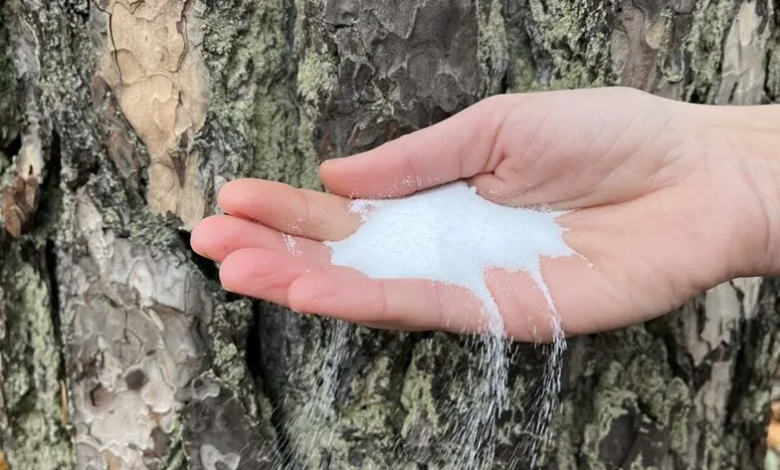Salt and forest waste for sodium-ion batteries

Evaluated the life cycle of sodium ion batteries
– Sodium-ion batteries (Na+) have finally reached the market and already boast energy densities close to those of lithium-ion rechargeable batteries. But how sustainable are they? The first answer is today a new study by Chalmers University of Technology in Sweden. Here a group of scientists evaluated the life cycle of two different sodium ion cells, calculating the environmental impact and on “cradle-to-gate” resources, namely from the extraction of raw materials to the output of the finished product.
“Lithium-ion batteries are becoming a dominant technology and represent a climate breakthrough over fossil-based technology, especially when it comes to transportation. But lithium represents a bottleneck,” says Rickard Arvidsson, associate professor of environmental systems analysis at Chalmers. “It is not possible to produce Li+ batteries worldwide at the same pace as you want to produce electric cars. And deposits risk running out in the long term”.
This is where sodium ion technology comes into play. The main advantage of these rechargeable is that the materials are abundant and can be found all over the world. As shown by several research in recent years, for example, the anode can be created from sugar, starch, cellulose, organic waste or forest waste.
read also Series production of sodium-ion batteries begins in the USA
The Chalmers research team chose to examine two sodium ion battery cells with a theoretical storage capacity of 1 kWh. Both types of cells possess an anode consisting of hard carbon from one case of lignin of biological origin and the other from fossil sources, while the cathode consists of the so-called “Prussian white” (consisting of sodium, iron, carbon and nitrogen). The electrolyte contains a sodium salt. Production was modelled to correspond to future large-scale production and two different electricity mixes were tested, as well as two different methods of resource allocation and emissions.
“We have concluded that sodium-ion batteries are far superior to lithium-ion batteries in terms of their impact on mineral resource scarcity, and equivalent in terms of climate impact. Depending on the scenario in which you look, they end up generating between 60 and just over 100 kilograms of carbon dioxide equivalent per kilowatt hour of theoretical capacity, which is lower than previously reported for this type of battery. It is a promising technology,” says Rickard Arvidsson. The results of the study were published in the article Prospective life cycle assessment of sodium-ion batteries made from abundant elements in the Journal of Industrial Ecology.





